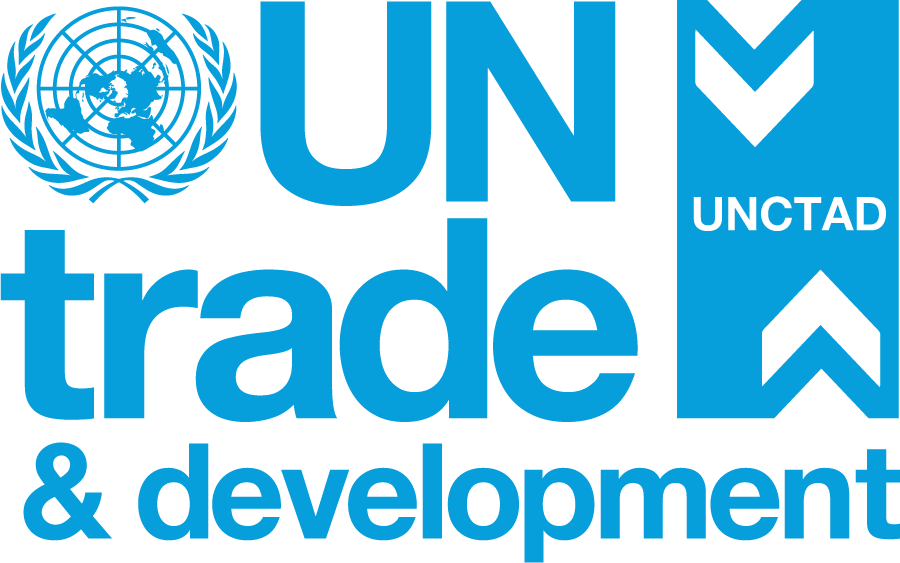UNCTAD 14 High-level Event on Making Innovation a Driver for Sustainable Development
Good morning,
Many thanks to all of your for being here today.
In the quest for the SDGs, technology, science, and innovation are like force multipliers -- they are tools that amplify what we can accomplish with existing tools.
Let me give you one concrete example, which some of you may have already heard before -- the Ushahidi platform.
Ushahidi takes its name from the Swahili word for testimony or witness. It was originally designed to monitor reports of post-election violence from people on the ground, giving voice to the voiceless.
Ushahidi, was developed by a Kenyan journalist using open source GIS technology. It is easy to use, accessible to anyone, and deployable anywhere.
And since 2008, it has spread around the world.
It has been used in Congo to monitor unrest. Al Jazeera used it to track violence in Gaza. And the US authorities, after the earthquake in Haiti, called it the most up-to-date tool for the humanitarian community.
This example illustrates how simple innovations can help us meet development goals: providing relief, fostering good governance, and addressing violence before it spirals out of control.
But science, technology and innovation are also ultimately related to all 17 of the Sustainable Development Goals. As force multipliers, they can accelerate our progress towards all targets, whether on clean water, reliable energy, smart cities, or countless others.
The question for our panelists today is how to better harness science, technology, and innovation for development. And the challenges that remain are not insignificant.
From UNCTAD's point of view, I'd like to raise a few questions to help guide the discussion.
First, UNCTAD estimates that the proportion of GDP that developing countries spend on R&D must at least double to 1.5% --roughly $700 billion per year -- to meet the SDGs. So a central question is: how can we mobilize these resources? And what roles can private or philanthropic donations play?
Second, we know that technology can both widen and narrow social and economic divides. How can we ensure that STI benefits both women and men?
Specifically, how can STI benefit women entrepreneurs - who now make up 1/3 of all registered businesses in the world?
And for the half of the world's population that does not yet have internet access, how can STIs help close the digital divide?
Third, technology needs to be complemented by improvements in other areas that determine whether people can capitalize on new digital tools. Just to give one example, the global slum population has been growing by more than 20 million per year and will reach an estimated 1.4 billion by 2020. How can both physical infrastructure (roads, power grids, sanitation systems) and soft infrastructure (good governance, education, health care) better support STI in addressing urbanization, and the SDGs more broadly?
Fourth, experience shows us that we can achieve better results if we coordinate our actions with others. So, what are the most effective ways to forge partnerships to ensure that STI is harnessed for development?
And on a related point, how can existing UN mechanisms, such as the Commission on Science and Technology for Development the Technology Facilitation Mechanism, or the Technology Bank for the LDCs deepen their cooperation?
Ladies and Gentlemen,
We will not settle the debate on these issues in the next 90 minutes. But my hope is that we can emerge with a clearer understanding of the issues and some practical options for moving forward.
With your ideas and insights, I'm confident that we can identify new means of making innovation the engine it has to be on our road to 2030.
Thank you for your attention.


